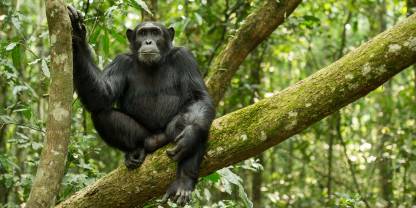
14-Day Uganda Gorilla Chimpanzees and Wildlife Safari
$3,850
pp (USD)
Uganda:
Private tour ● Mid-range ● Lodge & Tented Camp
You Visit:
Entebbe (Start), Sipi Falls (Highlight), Kidepo Valley NP, Murchison Falls NP, Ziwa Rhino Ranch, Kibale NP (Chimps), Queen Elizabeth NP, Bwindi Impenetrable NP (Gorillas), Lake Bunyonyi, Lake Mburo NP, Entebbe (End)


